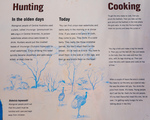Our stay in The Alice
As the reader may have deduced from the date on this post we spent much longer in Alice Springs than would be usual for us. The main reason for such an extended stay is that I have a shoulder/neck problem which has limited my ability to drive for the past few weeks and I needed to rest that offending body part and find a doctor with whom to discuss the issue and get some pain killers. In addition early in our Alice stay we lost one of our wallets containing a number of credit cards, cancelling those cards and arranging replacements took up over a day; and we were thankful that we were in a country and city with good communications and with English as the language. Finally we decided to indulge in the luxury of a campground cabin to assist with the resting of my recalcitrant shoulder.
I had neglected to point out in previous posts that because of my shoulder problem Nina has been doing much of the driving since we left Hawker and she is becoming a very accomplished driver of outback roads even having had a few sections of 4wd low range to manage. Indeed the reason that the previous post had a video segment is because I have been sitting in the passenger seat and have had the opportunity to take those clips; Nina while usually the expedition photographer is not really into video.
This is our first visit to Alice Springs and we were delighted to find it quite an attractive small city. It is situated on the Todd River (which is almost always dry) and right next to the MacDonnell Range. In fact the city is situated at the point where the Todd cuts through the MacDonnell Range and divides the range into East and West.
Alice is a good supply point for travel in the Northern Territory as the "Territory" (as Aussies call it) is amazingly sparcely populated. With an area a little over twice that of Texas it has a total population of about 250,000 compared to Texas at close to 30,000,000.
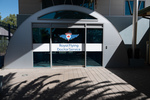
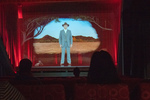
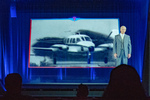
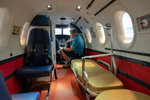
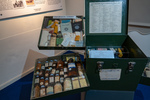
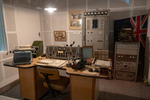
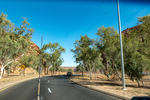
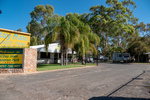
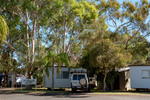
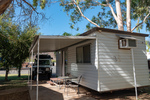
The Royal Flying Doctor Service (RFDS) has a base and museum in Alice and it was for us a mandatory visit. Set up in the 1920's by the Rev John Flynn the goal of the service (then and now) was to apply the techologies of aviation and 2-way radio communication to the challenge of providing medical services to remote communities and stations (ranches). The service has a large fleet of turbo prop planes, employs its own pilots, has an annual budget of the order of $300 Million and flies approximately 250,000 missions per year.
Another interesting service that has a base and museum in Alice is Australian School of the Air. This service started here in Alice Springs and provides schooling to children in remote communities and remote stations. Initally the school conducted daily classes using two-way radio with materials being exchanged between teacher and student via mail. However, in recent years the internet via satelite has replaced 2-way radio.
The service provides education from kindergarten to Year 8. High school is either by correspondence school or boarding school. At the museum we got a look at a current active timetable and noted a broad range of subjects being covered, including Japanese, art, guitar.
The service was originated in Alice Springs in the 1940s by, Adelaide Miethke, a colleague of Flynn's who, on a visit to some remote communities, noted how shy the local children were and how un-developed were their social skills. Her idea was, like the RFDS, to use the technology of 2-way radio to bring a service to the remote outback.










